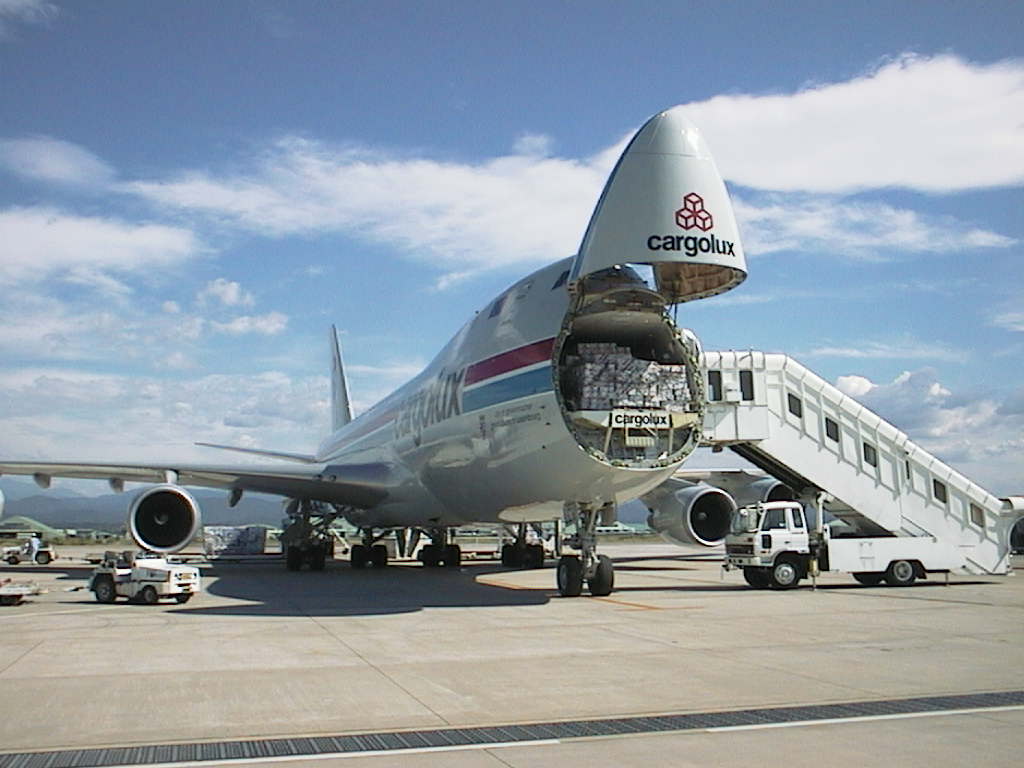[leadin]Apparel and equipment brand Bergans of Norway has a new outdoors mission, and it’s by boat.[/leadin]
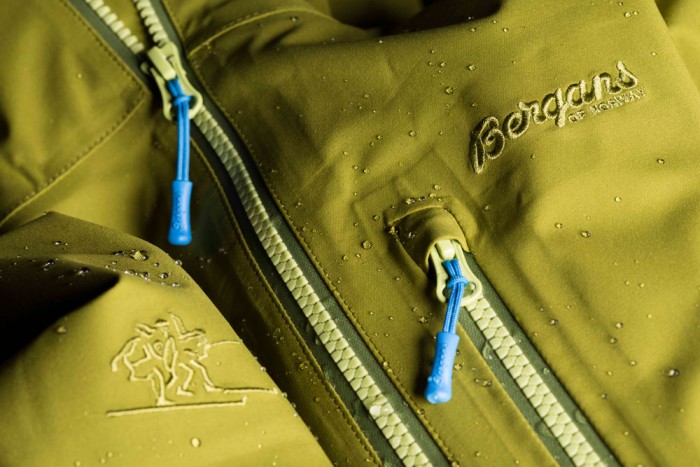
Outdoors brands are in a constant struggle to differentiate themselves, and many have turned to sustainability and environmentalism as a way to stand out from the crowd. And why not? Brands that make products for the outdoors have a responsibility to help keep the Earth healthy. Taking small steps like recycling water bottles into polyester for base layers or reducing toxic substances from manufacturing add up to buckets of waste removed from landfills and a healthier home.
One key to the sustainable-brand story that has — until now — not unlocked any doors to goodwill is that of freight shipping. Hauling goods (and the materials to make them) around the planet uses resources and emits pollution.

Expedition 2020
As part of a company-wide initiative to become more environmentally friendly over the next four years, dubbed Expedition 2020, Bergans examined its freight policy and pledged to drop airfreight dependence to less than two percent, down from the company’s current five-percent flight usage, by adding more waterway and train transit to the shipment route.

Among a rainbow of initiatives to recycle, reduce energy consumption, and source materials sustainably, eliminating airfreight is an interesting facet of Expedition 2020.
“Choice of transportation is something we can influence immediately and that’s why we decided to start on this right away,” explained Bergans’ Sustainability Manager Felix Ockborn. Today, air transportation accounts for two percent—or 724 million tons—of the world’s man-made CO2 emissions, according to the International Air Transport Association.
Plane, Train, Truck, And Ship: Which Is Best?
One point of controversy is that the majority of aircraft operations occur at an altitude where the emissions have an uncertain, indirect effect on ground-level air quality. The Federal Aviation Administration explained that nearly 10 percent of aircraft pollutant emissions are expended close to the earth’s surface (less than 3,000 feet above ground level) while the remaining 90 percent is emitted at altitudes greater than 3,000 feet. The aviation industry also needs more across-the-board fuel efficiency standards. According to The New Climate Economy, the difference between the greatest and worst fuel-efficient U.S. airlines spanned 27 percent in 2013, which can be improved through air traffic management as well as aircraft design technologies.
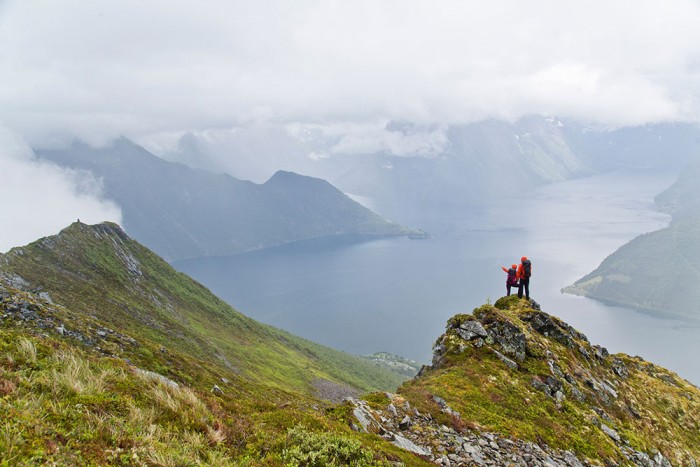
But maritime shipping isn’t pollution free. While the aviation industry has committed to reach carbon-neutral growth by 2020 and reduce 50 percent of net emissions by 2050, the global shipping industry also has a goal to reduce CO2 emissions per ton-kilometer by more than 20 percent in the same time period, according to the International Maritime Organization.
To date, international shipping by waterway carries 90 percent of world trade by volume, and in 2012, CO2 emissions reached close to 3 percent of the world’s total, points out The New Climate Economy.
It Takes A Plan To Reduce Carbon Footprint
In some regards, establishing the most sustainable transit method hinges on taking time to research and strategically plan a sustainable combination of airplane, ship, train, and truck transit. For instance, cotton garments commonly make their way to the U.S. from western China and the Natural Resources Defense Council points out that using a truck-air-truck pathway emits more than five times more particulates and 35 times more greenhouse gases than the rail-ship-rail method—a total of 99 tons of additional greenhouse gases.

“The key is planning. Until now we’ve always tried to keep airfreight low, but with this target we will be more strategic on shipments and focus airfreight only where it is really necessary,” said Ockborn about the company’s current air pathway, which includes flights from the company’s production site in Asia to Norway, and then from Germany to the U.S. The alternative shipping methods will include more maritime shipments and potentially more train shipments from Asia to Europe.
Bergans plans to calculate how much the company’s fuel consumption and carbon emissions will be reduced by lowering airfreight 3 percent, but does not have those estimations prepared at time of print.
One additional bonus to switching from air to water is the cost, though the shipments require more time to reach their destination. Ockborn explained, “Air freight is more costly. The question is around planning and communication. If planning is done right, the alternative shipment methods, which take longer, can be used and still deliver goods on time for the customer.”
Other Bergans Initiatives: Bluesign, Packaging
While shipping is an interesting element of Bergans’ Expedition 2020, other elements of the plan are also important. One is for 75-percent of Bergans’ products to be third-party approved by bluesign. From the root to bird, bluesign technologies evaluates and reduces resource consumption in the textile supply chain via chemicals, processes, and materials that are safe for the environment, employees, and end users.
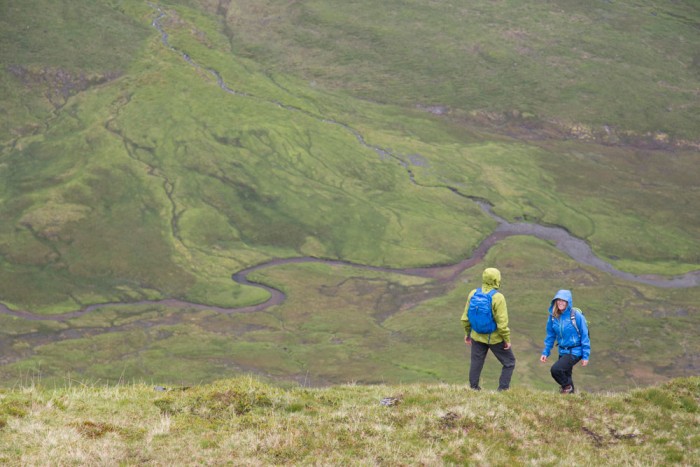
“To make a bluesign approved product, 90 percent of the fabrics and 30 percent of the trim needs to be bluesign approved,” said Ockborn. Several other companies in the outdoor and athletic industries have jumped on board, too, including Patagonia, which has been partnered with bluesign since 2000. More recently, Berghaus, Columbia Sportswear-owned Mountain Hardwear, Woolrich, and Outerknown — a men’s lifestyle clothing company recently launched by Kelly Slater — all joined.
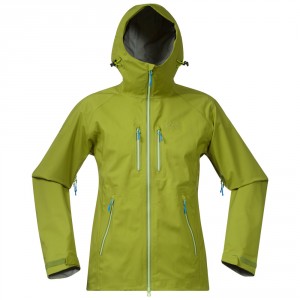
“Our next step is to steadily make more products that fully meet these criteria. About twenty percent of our product styles this season are made from mostly bluesign approved materials,” said Ockborn.
It is taking a multi-leg approach to expand its green thumb throughout the company. From eco-packaging and sustainable material sourcing — like being 100-percent Responsible Down Standard certified — to powering buildings with renewable energy, Bergans has made a commitment to build an environmentally responsible brand. It has its sights set high on reduction of freight-related emissions. It will be interesting to see if others follow this lead into a more efficient future.
